Who We Are
AboitizPower is the Philippines’ leading provider of renewable energy, advancing business and communities towards A Better Future.
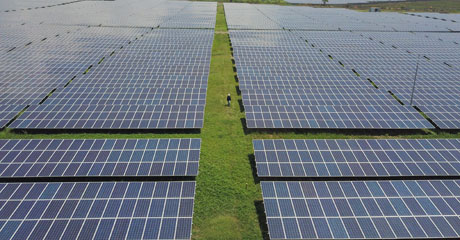
AboitizPower is the Philippines’ leading provider of renewable energy, advancing business and communities towards A Better Future.

AboitizPower champions sustainability initiatives and ventures that help make the world a better place not only for people living today but for generations to come.

AboitizPower upholds the highest ethical standards, safeguarding the integrity of our initiatives and developments as a business enterprise and a partner for environmental protection.

View our shareholder relations and investment reports and find out how we prioritize addressing the triple bottom line of people, planet, and profit.
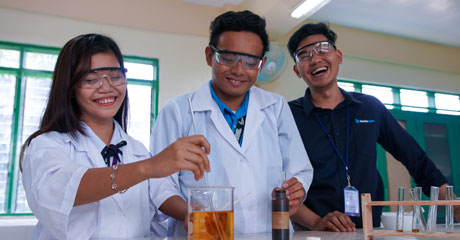
Stay updated on the latest stories and developments about AboitizPower.

A Better Future and career await you at AboitizPower. Browse through our job vacancies and join our ever-growing family today!
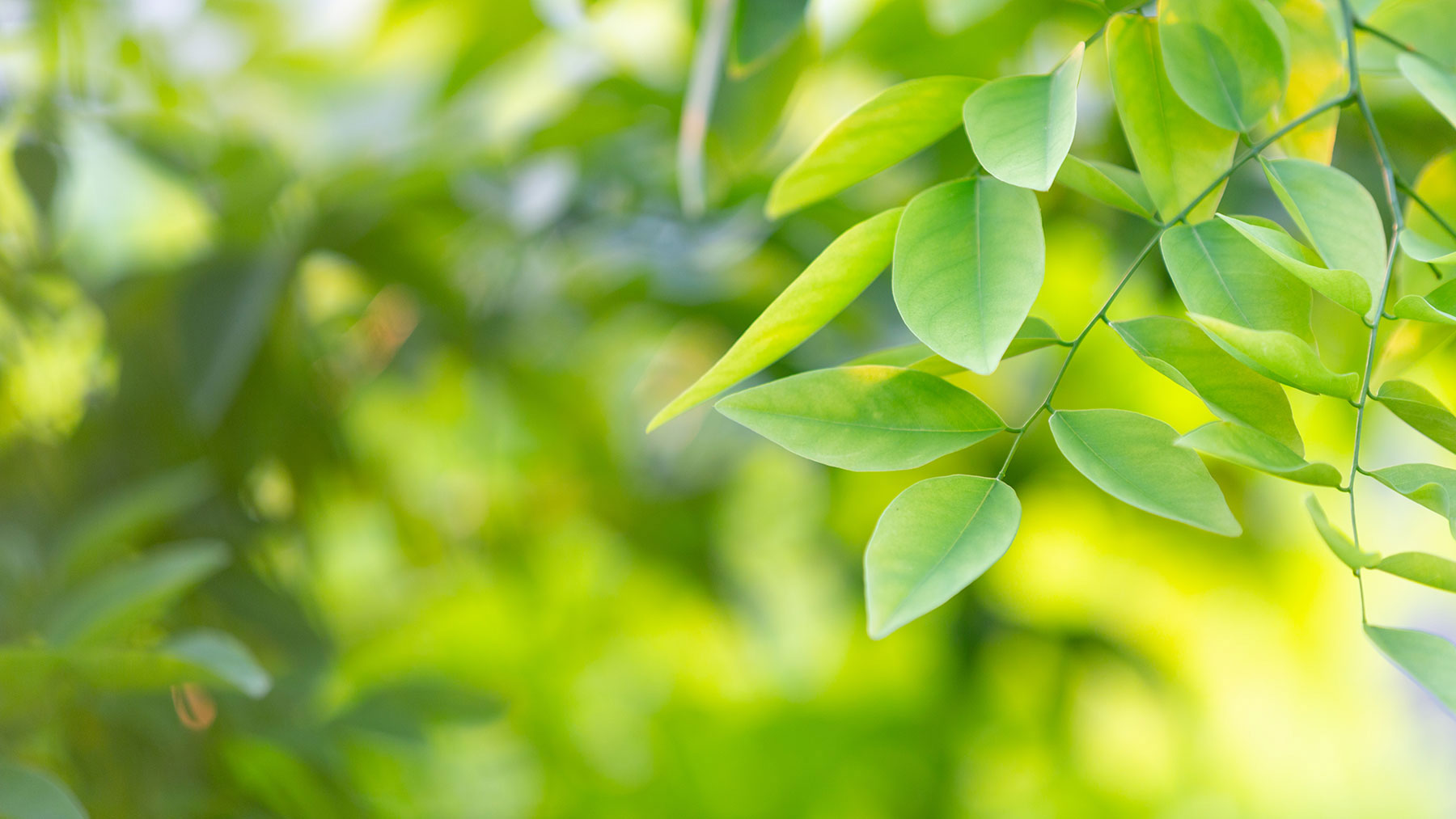

All our ongoing and future investments in the power sector are centered on expanding our portfolio for Cleanergy — AboitizPower’s brand of renewable energy in the Philippines.
Our business shift responds to the global call to combat the negative environmental effects caused by energy consumption. We recognize that the growing demand for dependable and steady power should not come at the expense of our natural resources. It’s up to us to develop and utilize clean energy technologies for Filipinos.
Through our Cleanergy facilities and sustainable energy programs nationwide, we provide reliable and responsibly-sourced energy to communities and businesses at a reasonably competitive price. AboitizPower’s Cleanergy invests in both people and the planet to achieve a sustainably powered and better tomorrow.

Number of Cleanergy Facilities

Cleanergy Attributable Net Sellable Capacity

Nationwide Presence
Cleanergy materializes all of AboitizPower’s renewable energy solutions into one brand. Our balanced mix portfolio helps advance communities and businesses toward a sustainably powered and better future.
Learn more about our Cleanergy facilities across the country.
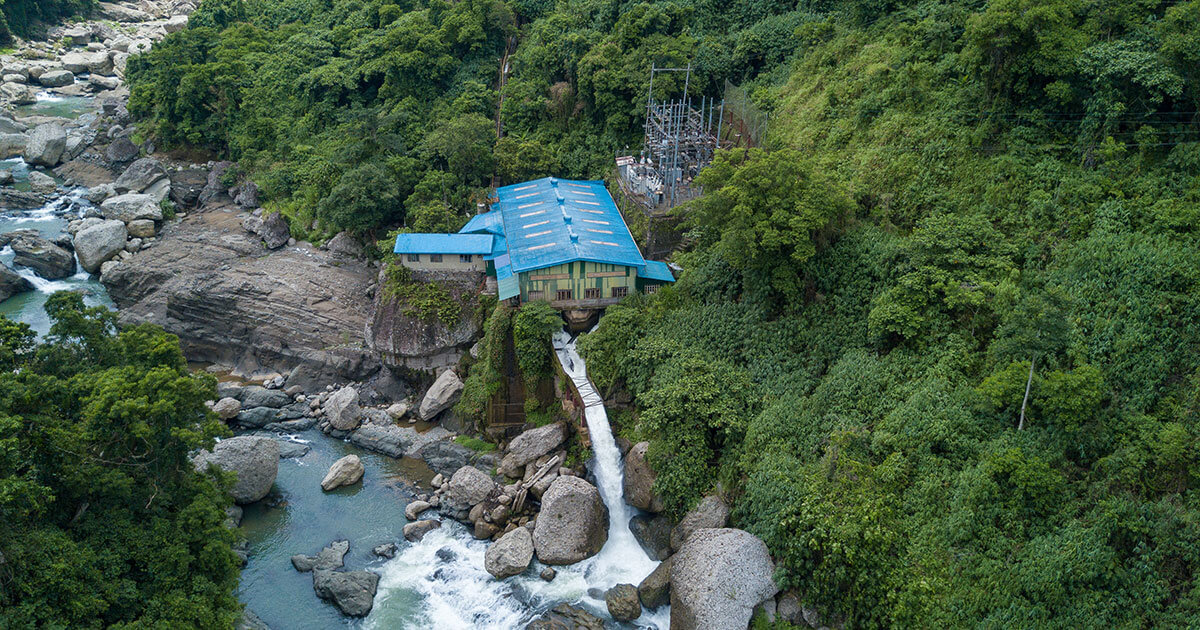
For over 40 years, we have been the country’s largest run-of-river operator with over 22 hydropower facilities that supply the baseload and peak demands of the country through renewable energy.
View our Hedcor Facilities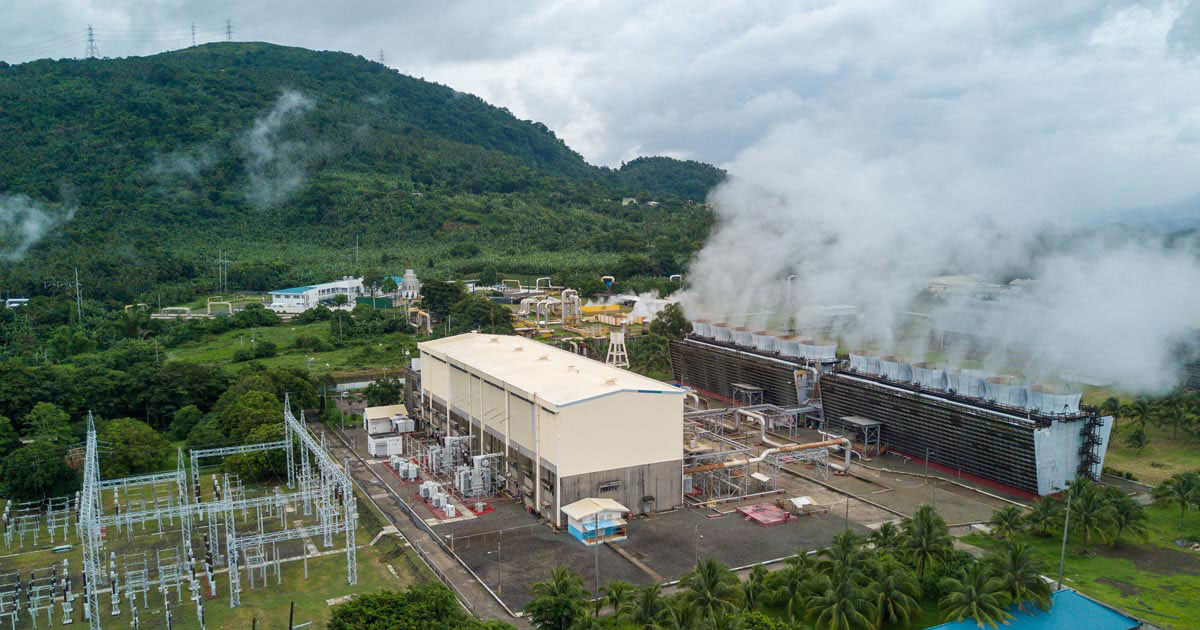
Since 2009, our geothermal plants in Albay, Laguna, and Batangas source clean and abundant steam power from the Earth’s core to aid in supplying renewable energy with the least adverse effects on the environment.
View our APRI Facilities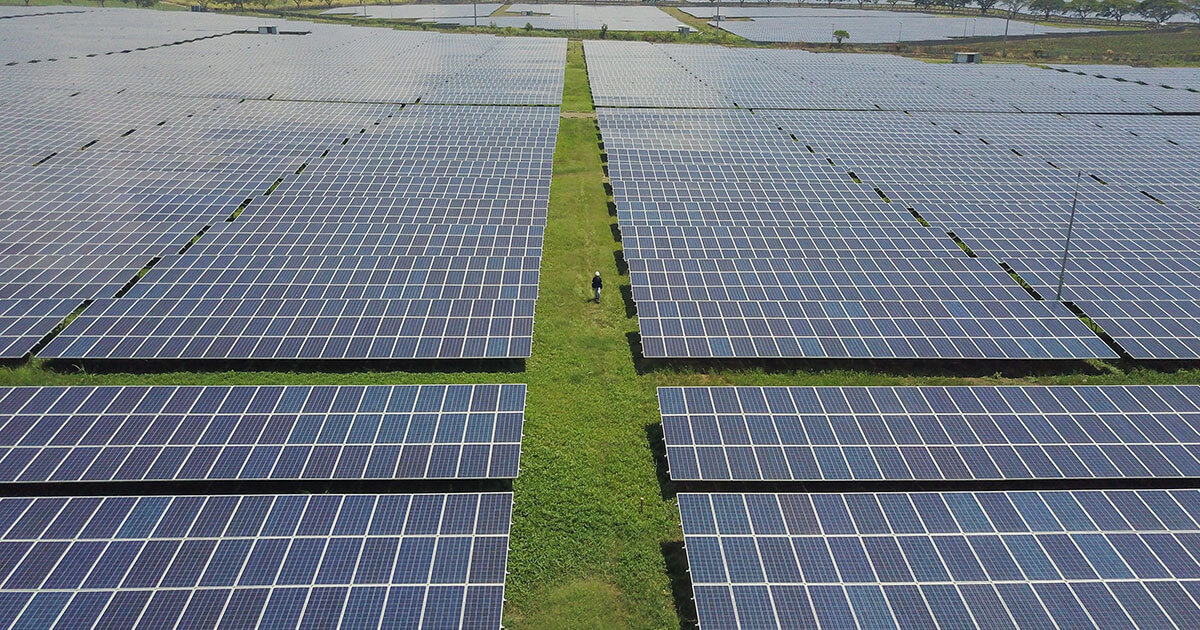
Our solar panel farm in Negros Occidental is AboitizPower’s first venture in solar energy. This 59-MWp utility-scale solar photovoltaic facility helps the country reduce its CO2 emissions equivalent to what 10,000 cars can generate in 20 years.
View our SacaSun Facilities-1.jpg)
This joint venture between Norway-based Scatec and AboitizPower highlights hydropower systems that power positive change in sustainable development by supplying, contributing, and stabilizing the growing power demands of the nation through renewable energy.
View our SNAP FacilitiesOur commitment to balancing the nation’s thermal and renewable energy capacity is made possible by our Cleanergy assets in run-of-river, large hydro, solar, and geothermal power.
How exactly does Cleanergy work? Renewable energy heavily relies on fuel sources that can be replenished over a short period of time and do not diminish. These vary from resources such as moving water, wind, the sun (solar), and Earth's heat (geothermal), to name a few.
Here’s how we transform renewable energy resources into Cleanergy:
A run-of-river hydroelectric system is a design scheme for power generation that is least disruptive to the environment. It harvests energy from flowing water through a canal or penstock in the absence of a large dam and reservoir.
Here’s how run-of-river hydropower works:
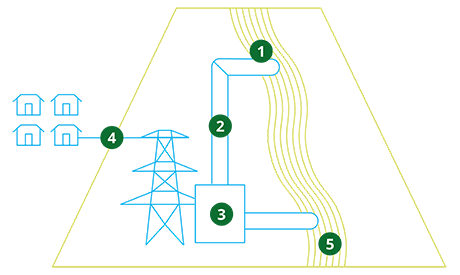
Large hydroelectric power plants use the kinetic energy of water in reservoirs and allow the flow to drive hydraulic turbines. These facilities can generate a capacity of more than 30 MW.
Here’s how large hydropower works:

Geothermal plants generate electricity from steam power recovered from within the Earth’s core. This thermal energy comes from the heat generated in rock and fluids during the original formation of the planet which also includes the radioactive decay of materials.
Here’s how geothermal power works:
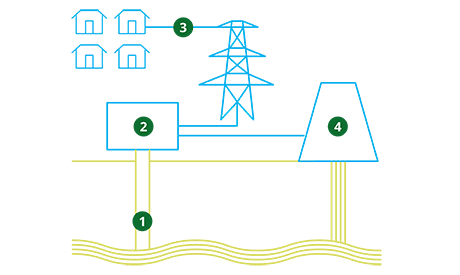
Solar power is energy collected from the sun which is converted into electricity. Various solar technologies enable natural sunlight to be harnessed and used for domestic, commercial, or industrial purposes.
Here’s how solar power works:

AboitizPower is making it easier to transition to clean energy in the Philippines by expanding our serviceable areas and increasing our Cleanergy capacities.
Our clean energy programs in the Philippines are set to lower greenhouse gas emissions, provide a reliable power source to communities, and work harmoniously with nature to preserve it. This results in a more affordable power source for our partner communities, making the transition to clean energy much easier economically, ethically, and environmentally.
To meet the rising demands for sustainable energy in the country, our Cleanergy facilities harness the Philippines’ natural resources, turning it into energy.
We have over 29 Cleanergy facilities located across the country ready to provide our partner communities with a sustainable power source.

Aboitiz Power Corporation projects spending around ₱190 billion over the next decade for an additional 3,700 megawatts (MW) under its Cleanergy portfolio, resulting in a 50:50 balance between its renewable and thermal capacities by 2030.
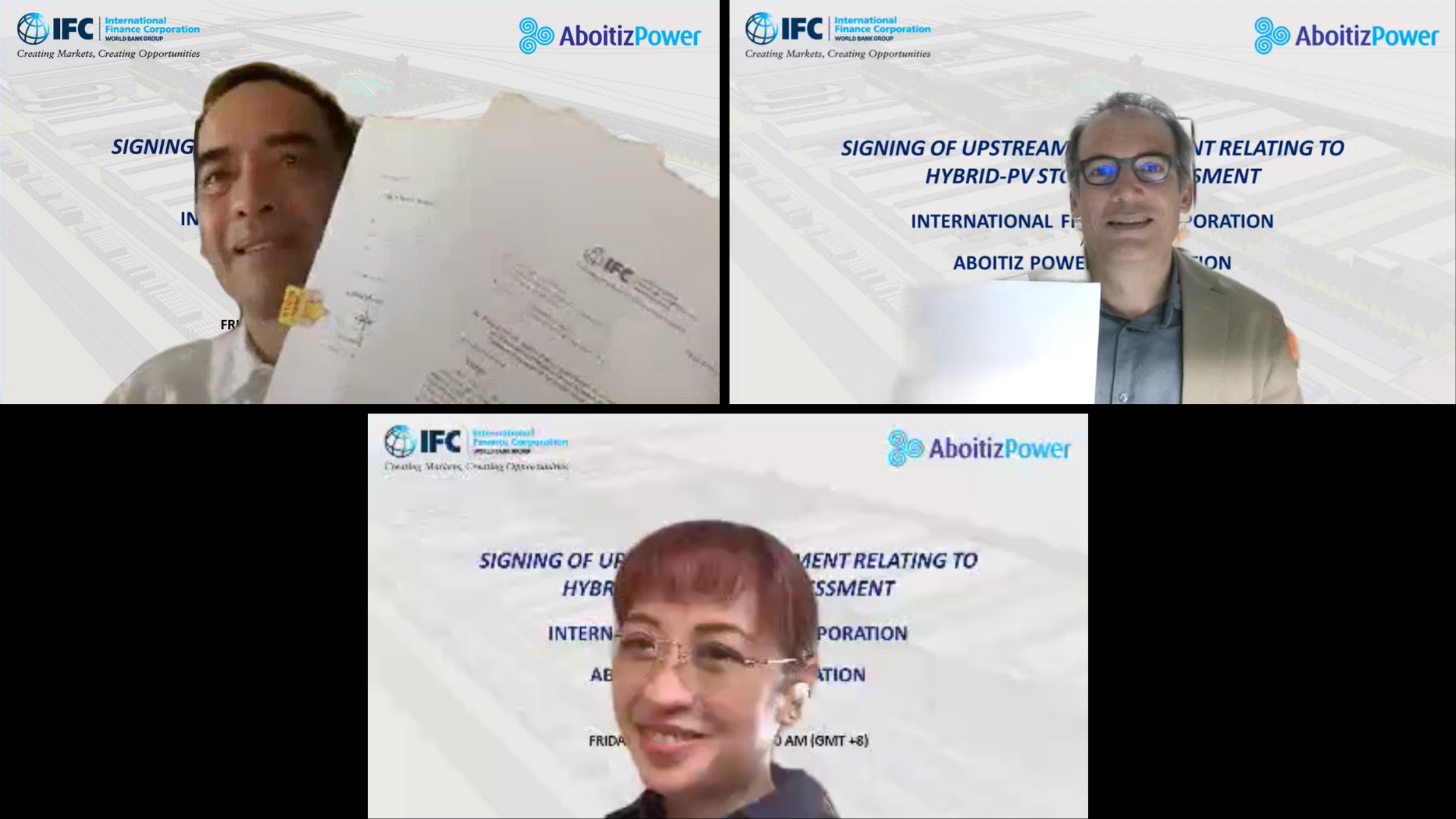
Aboitiz Power Corporation recently signed an agreement with the International Finance Corporation (IFC) for an in-depth joint study to assess the viability of renewable energy (RE) as a source of baseload power for the Philippines, a step seen to help the company navigate the country’s transition towards a cleaner energy future.
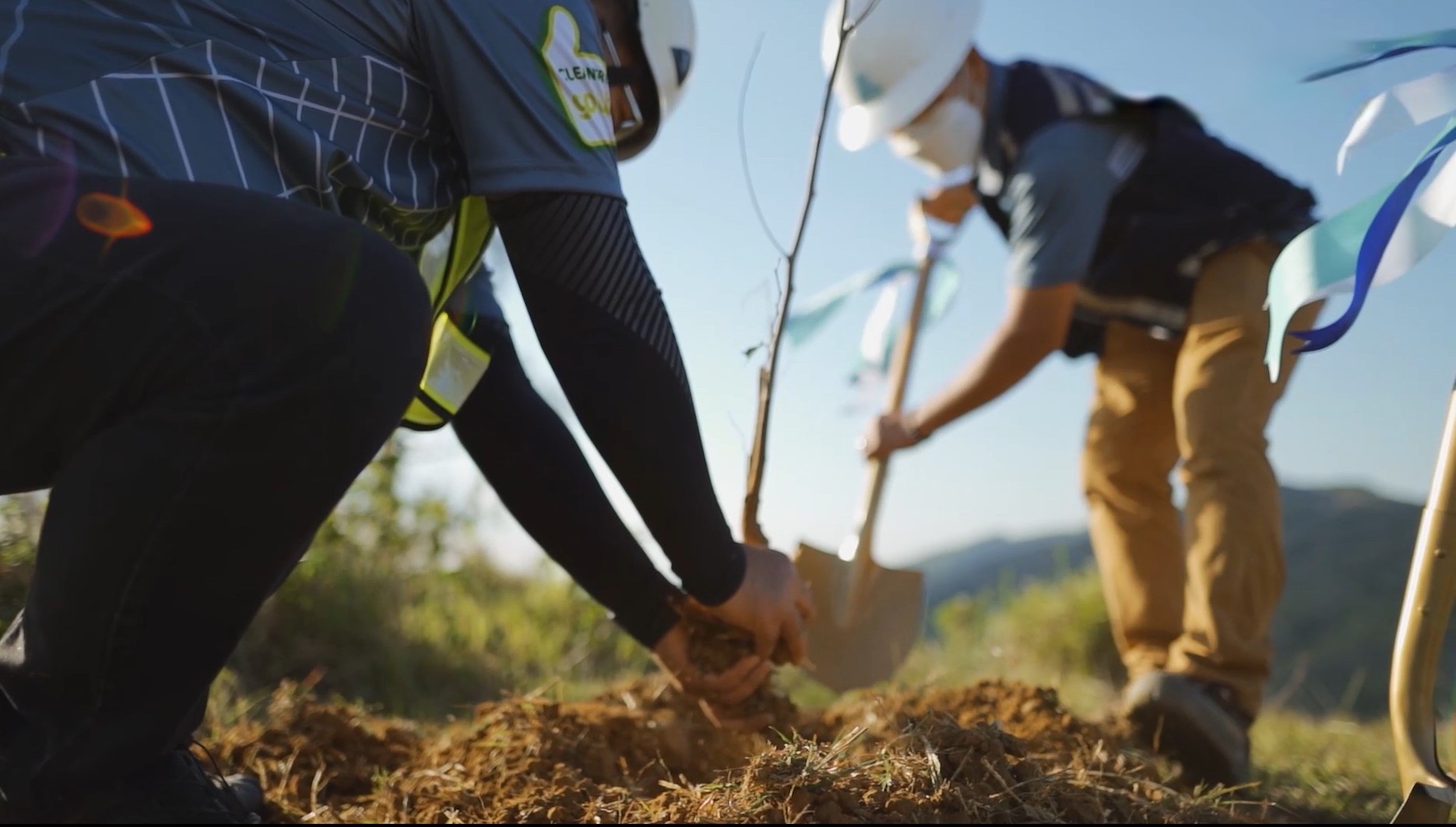
The project will soon rise on a 196-hectare site in Barangay Cayanga, about 13 kilometers southwest of the province’s capital. This will be the company’s second solar facility after its 59-MW peak solar plant in San Carlos City, Negros Occidental.

View AboitizPower’s initiatives regarding sustainability in the energy sector. Discover how we’re contributing to this positive change in the Philippines.
View our sustainability initiatives
Our investment and shareholder relations reports are available online to get a glimpse of how we address people, planet, and profit.
Visit our investor relations
A Better Future and career await you at AboitizPower. Browse through our job vacancies and join our ever-growing family today!
See available careersWe use cookies to personalize content and ads, which enables us to analyze our traffic.
If you continue
to use this website, you consent to the use of our cookies.
Find out more here.